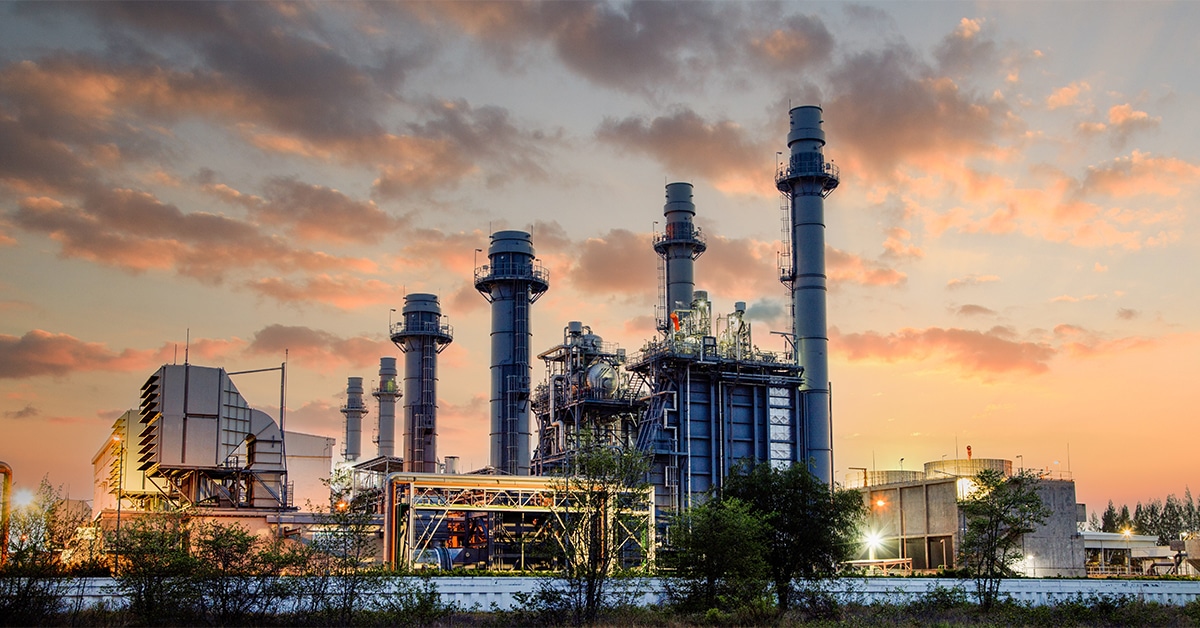
As the demand for energy continues to rise, the construction of pipelines has become increasingly important. However, pipeline construction comes with its own set of challenges that can make the process complex and difficult to navigate. In this article, we will explore the common challenges faced during pipeline construction and discuss potential solutions to overcome them.
Challenges in Pipeline Construction
1. Regulatory Hurdles
- Obtaining permits and approvals from regulatory authorities can be a lengthy and complicated process.
- Regulations may vary from one location to another, adding complexity to the construction process.
- Compliance with environmental and safety regulations is essential but can be challenging to navigate.
2. Land Acquisition and Rights-of-Way
- Acquiring land for pipeline construction can be met with resistance from landowners and communities.
- Negotiating rights-of-way agreements with multiple landowners can be time-consuming and costly.
- Navigating through existing infrastructure and avoiding conflicts with other utilities can be challenging.
3. Environmental Concerns
- Minimizing the environmental impact of pipeline construction is crucial but can be challenging.
- Protecting sensitive ecosystems, wildlife habitats, and water sources during construction is a priority.
- Implementing effective erosion and sediment control measures is essential to prevent environmental damage.
Solutions for Overcoming Pipeline Construction Challenges
1. Early and Comprehensive Planning
- Conduct thorough feasibility studies and site assessments to identify potential challenges upfront.
- Engage with regulatory authorities and stakeholders early in the planning process to address concerns proactively.
- Develop a comprehensive construction plan that considers regulatory requirements, land acquisition, and environmental concerns.
2. Stakeholder Engagement and Communication
- Build relationships with landowners, communities, and other stakeholders to foster understanding and support for the project.
- Engage in transparent and open communication to address concerns and build trust throughout the construction process.
- Provide regular updates to stakeholders on the progress of the project and any potential impacts on their properties or communities.
3. Use of Technology and Innovation
- Utilize advanced technology such as GIS mapping and drones for site surveys and monitoring construction progress.
- Implement innovative construction techniques to minimize environmental impact and improve efficiency.
- Use real-time monitoring and data analytics to proactively address issues and optimize construction processes.
4. Collaboration and Partnerships
- Collaborate with other utilities and infrastructure owners to coordinate construction activities and avoid conflicts.
- Partner with environmental organizations and experts to develop sustainable construction practices and mitigation strategies.
- Work with local communities and indigenous groups to incorporate traditional knowledge and practices into the construction process.
Conclusion
While pipeline construction presents numerous challenges, proactive planning, stakeholder engagement, technology utilization, and collaboration can help overcome these obstacles. By addressing regulatory hurdles, land acquisition issues, and environmental concerns, and leveraging innovative solutions, pipeline construction projects can be successfully navigated to completion. Project developers and construction companies need to adopt a holistic approach that considers the interests of all stakeholders and prioritizes environmental sustainability.
